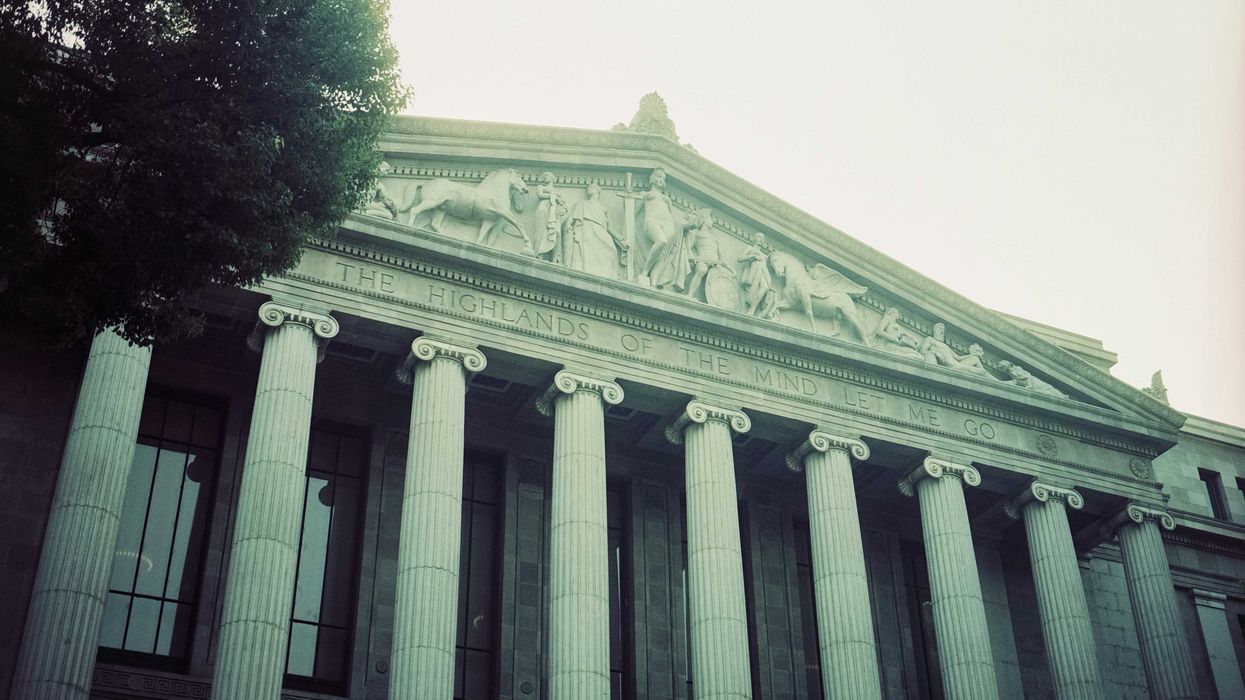The Fulcrum strives to approach news stories with an open mind and skepticism, striving to present our readers with a broad spectrum of viewpoints through diligent research and critical thinking. As best we can, remove personal bias from our reporting and seek a variety of perspectives in both our news gathering and selection of opinion pieces.
However, before our readers can analyze varying viewpoints, they must have the facts.
This week's news is dominated by the extensive tariffs imposed by the Trump Administration. This writing presents our readers with just the facts on tariffs.
QUESTION: What are the advantages of a trade deficit for the United States
Interestingly enough, a trade deficit, while often seen in a negative light, can have some advantages for the United States. Here are a few key points to consider:
- Access to a Variety of Goods: The trade deficit allows the U.S. to import various goods worldwide. This means consumers can access products that might not be produced domestically, increasing their choices and potentially lowering prices due to competition.
- Foreign Investment: A trade deficit can attract foreign investment. When other countries hold U.S. dollars from exports, they often reinvest that money into the U.S. economy, including stocks, real estate, and other assets. This can help fuel economic growth and job creation.
- Specialization and Efficiency: By importing goods that can be produced more efficiently abroad, the U.S. can focus on producing goods and services where it has a comparative advantage. This specialization can lead to more efficient use of resources and higher overall productivity.
- Consumer Benefits: The availability of cheaper imported goods can lead to lower prices for consumers, increasing their purchasing power and overall standard of living.
Of course, a trade deficit has its downsides and potential risks, but the aforementioned are some of the benefits that can arise. It's a complex economic topic with many facets to consider.
QUESTION: What are the disadvantages of a trade deficit for the United States
A trade deficit can have several disadvantages for the United States:
- Job Losses: When the U.S. imports more than it exports, domestic industries may struggle to compete with cheaper foreign goods, potentially leading to job losses in certain sectors.
- Increased Borrowing: To finance a trade deficit, the U.S. may need to borrow from foreign lenders, increasing national debt and potentially affecting financial stability.
- Currency Depreciation: Persistent trade deficits can lead to a weaker U.S. dollar, making imports more expensive and potentially causing inflation.
- Economic Dependency: Relying heavily on imports can make the U.S. economy vulnerable to supply chain disruptions and changes in global market conditions.
- Trade Tensions: Large trade deficits can lead to trade tensions and disputes with trading partners, as seen with the U.S.-China trade relationship.
While trade deficits are not inherently bad and can sometimes indicate a strong economy, the disadvantages listed highlight the importance of managing trade imbalances effectively.
QUESTION: Did the overall United States trade deficit increase or decrease during President Trump's first term in office?
During President Trump's first term in office, the U.S. trade deficit increased. Despite his administration's efforts to reduce the trade deficit through tariffs and other measures, the overall trade deficit grew. In 2016, the year before Trump took office, the trade deficit was around $481 billion. By 2020, it had risen to approximately $679 billion. This is roughly a 41% increase.
The tariffs imposed on imports from countries like China, Canada, and Mexico did reduce the trade deficit with China specifically, but overall, the trade deficit with other countries increased.
It's a complex issue influenced by various economic factors beyond just trade policies.
QUESTION: Has the overall United States trade deficit increased or decreased in the last 4 years?
The U.S. trade deficit has increased over the last four years.
Here's a brief overview:
- 2020: The trade deficit was $-626.39 billion.
- 2021: It increased to $-858.24 billion.
- 2022: The deficit rose further to $-971.12 billion.
- 2023: The trade deficit continued to grow, reaching $-1,030 billion. Up 31%
This is roughly a 64% increase.
The trade deficit has been widening due to a combination of factors, including increased imports and relatively slower export growth.
QUESTION: Does the United States gain or lose jobs because of the trade deficit with China?
The trade deficit with China has generally resulted in job losses in the United States. According to a report by the Economic Policy Institute, the growing trade deficit with China between 2001 and 2018 led to the loss of approximately 3.7 million U.S. jobs. The majority of these job losses were in the manufacturing sector, which accounted for about 2.8 million jobs.
The report highlights that imports from China have displaced goods that would have otherwise been produced domestically, leading to job displacement across various states and industries. While there are some jobs created through exports to China, they have not been enough to offset the jobs lost due to imports.
It's a complex issue with significant economic and social implications.
QUESTION: Did the trade deficit with China go up during Trump's first term and down during Biden's term?
During Trump's first term, the trade deficit with China initially increased, peaking at around $419 billion in 2018. However, it did decrease towards the end of his term, reaching approximately $311 billion in 20201.
Under Biden's administration, the trade deficit with China continued to decrease, reaching its lowest level since 2010. By 2023, the deficit had dropped to around $279 billion.
So, yes, the trade deficit with China increased during Trump's first term and then decreased during Biden's term.
QUESTION: Did the trade deficit with Canada increase more under the Trump administration than the Biden Administration?
As shown below the trade deficits with Canada increased significantly under the Biden Administration and went down under the Trump Administration: (shown in billions)
- 2017-17.5 2018- 19.8 2019- 27.4 2020: $15.2 billion 2021: $50.2 2023: $78.19 2024: $63.3 billion
The significant increase in the U.S. trade deficit with Canada from 2020 to 2021 was primarily driven by a surge in imports of energy-related products, particularly crude oil. In 2021, U.S. imports from Canada in this category rose by 74.8%, reflecting higher global energy prices and increased demand as economies recovered from the pandemic. This contributed to a increase in the trade deficit between the two countries of over 200%
QUESTION: Did the trade deficit increase with Mexico more under the Trump Administration or the Biden Administration?
The trade deficit with Mexico increased more significantly under the Trump administration than under the Biden administration. During Trump's term, the deficit rose from approximately $63.2 billion in 2017 to about $112.8 billion in 2020. Under Biden's administration, the deficit increased from around $110.0 billion in 2021 to about $118.0 billion in 2024. So, the increase was more pronounced during Trump's term.
And that's just the facts. We look now to subject matter experts to follow up with many opinion writings that use solutions journalism guidelines we ascribe to in exploring:
- What's dividing us on this issue?
- How do we decide which information to trust?
- What is oversimplified about this issue?
- What are the nuances and complexities of this issue?
- Is there any part of the other side's position that makes sense?
- What do you want the other side to understand about you, and what do you want to understand about the other side?
- What's the question nobody's asking?
- Explore the nuances and complexities of the issue.
David Nevins is co-publisher of The Fulcrum and co-founder and board chairman of the Bridge Alliance Education Fund.
All data and information were obtained from Copilot, an AI-powered chatbot owned and operated by Microsoft Corporation.




















